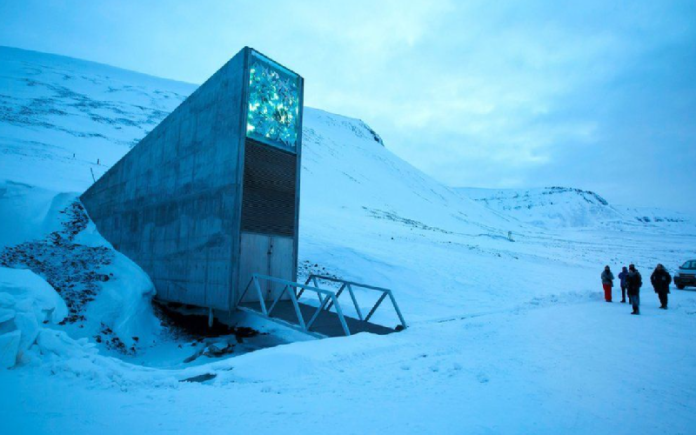10Svalbard Global Seed Vault, Norway

Svalbard Global Seed Vault could be a lifesaver for anyone who survives the apocalypse… if they can find it that is.

Svalbard Global Seed Vault could be a lifesaver for anyone who survives the apocalypse… if they can find it that is.